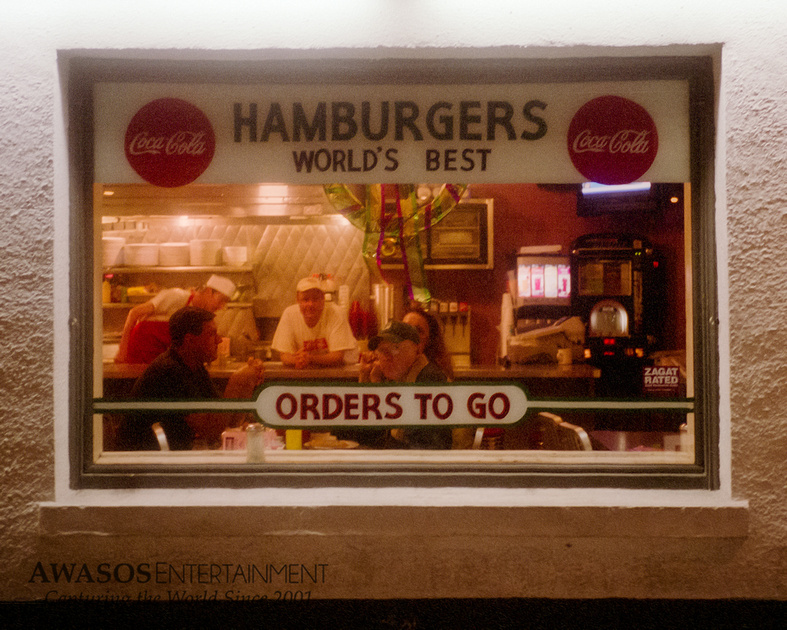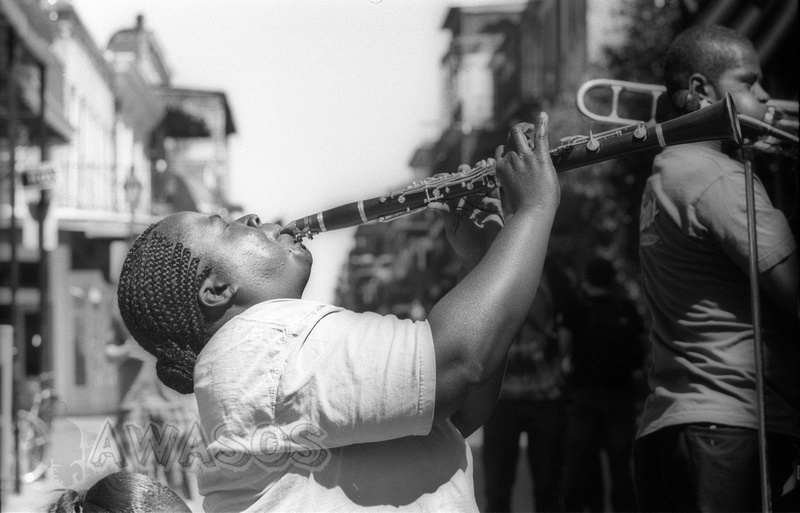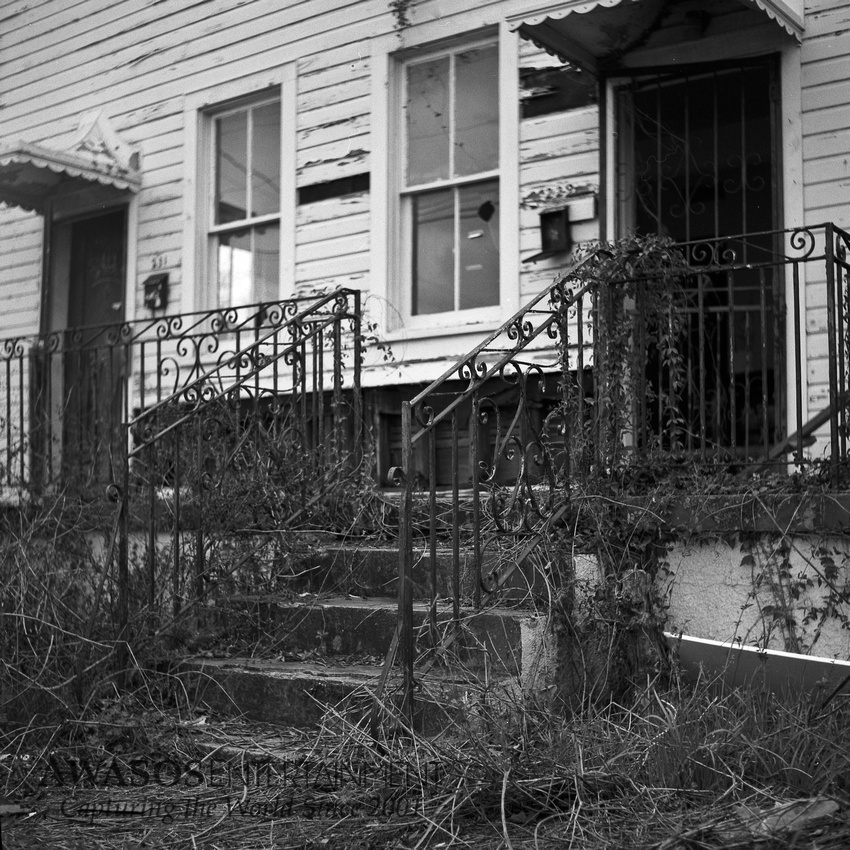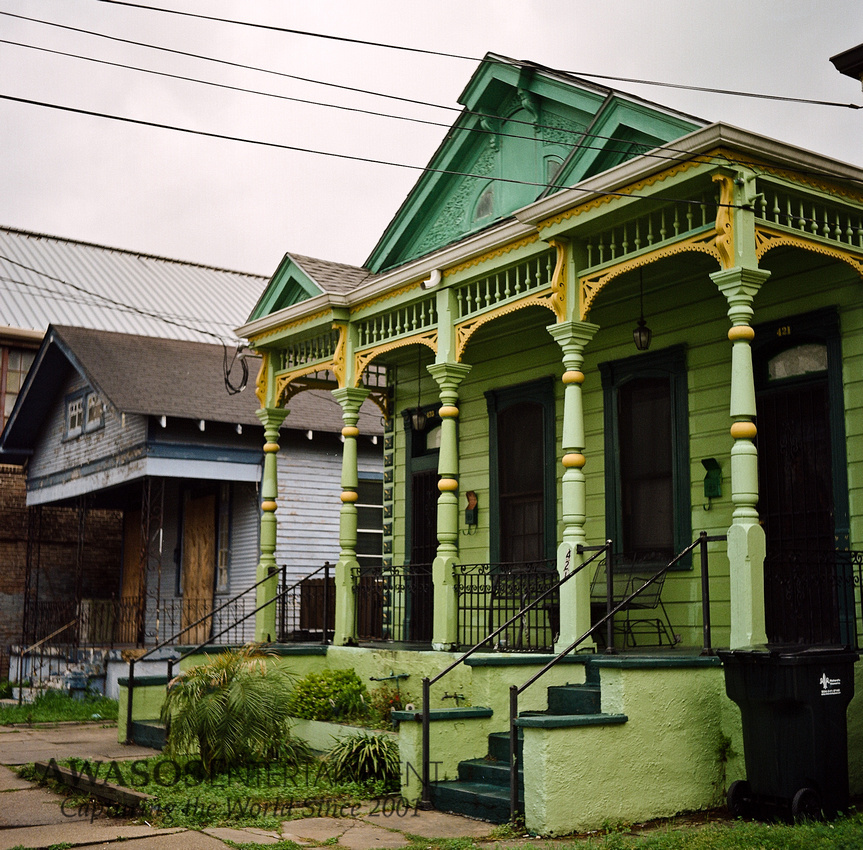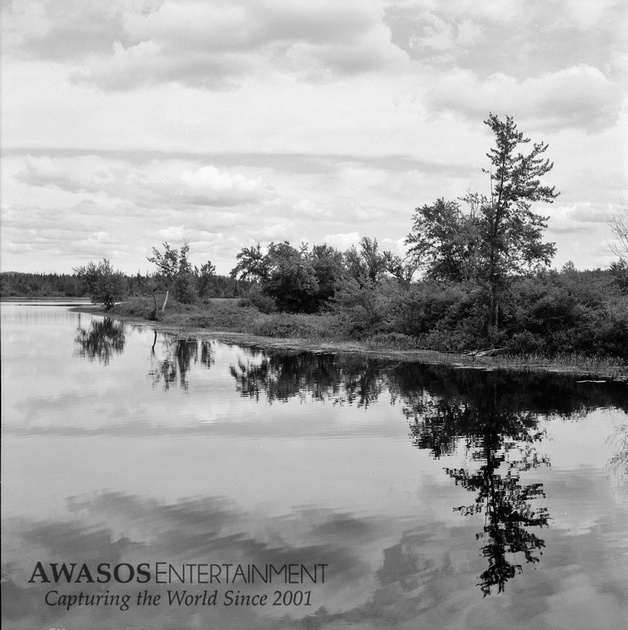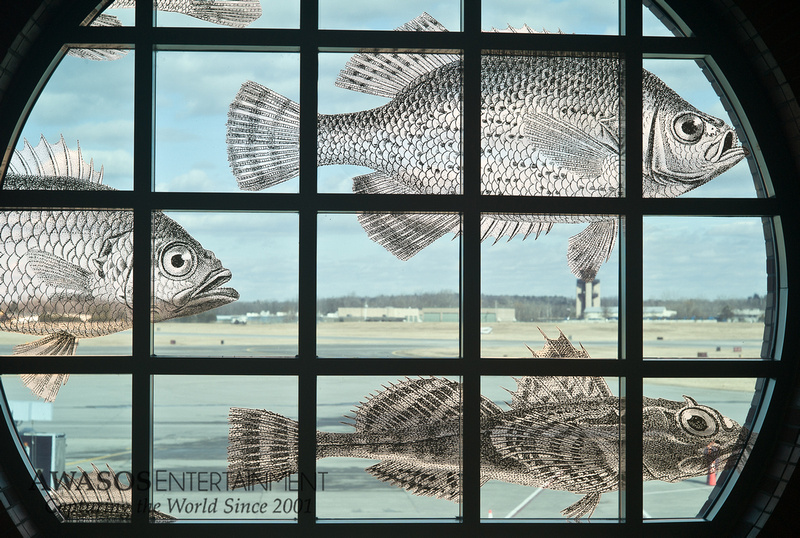 |
| Albany, NY Airport. Leica M8 50mm Summicron |
For the first time in my life on February 19th, I stepped foot off of North American soil. Invited by a good friend from college, I ventured to the city of lights - Paris, France.
 |
| Paris Cityscape, from Tour Montparnasse. Leica M8, 90mm summicron |
As you might have gathered from some of my other posts, I've got a bit of a travel bug in my system. I've been all over the United States. To quote George Carlin, "From sea to oily sea." I've had lunch in Malibu with the sound of the Pacific in my ears. I've woke to the sound of wolves in Yellowstone and fallen asleep to the sounds of jazz in New Orleans. Not a bad way to live if I have to say so. But back to the main event; my recent trip to France.
 |
| View from the Louvre, towards Arc de Triumphe Carousel and the Eiffel Tower. Leica M8, 50mm Summicron |
I was told before I went to France by a stuffy and condescending photographer that "Paris is a graveyard for original photography. If you're looking to come home with a trunkful of fine art work, forget it. Everything has been done a million times before. The last thing the world needs is another picture of a guy in a beret carrying a bagette. take a point and shoot and shoot your tourist pics."
 |
| A Frenchman's Lunch. Marches des Puces, St. Ouen. Leica M8, 50mm Summicron |
Now I will admit that the place has been photographed by better photographers than I - Two of my personal favorites include Andre Kertesz and Henri Cartier-Bresson. They are amazing photojournalists, and if you don't know their work you should. But I don't need to be them or any of the other million photographers that have visited the city to leave with my own take on the city. It's the equivalent of saying that oh I photographed that landscape years ago. It must be the same now even though it's a differnet time, day, light and whatever other changes have occured as the days go on. But I will admit; Paris is indeed a graveyard.
 |
| Père Lachaise Cemetery, Paris. Leica M8, 50mm summicron |
Now with that rant out of the way, back to my trip. The city of Paris (and it's surrounding suburbs) is indeed a city photographers dream. The backdrop of buildings built before the USA was the USA is amazing. The feeling of culture and age permeates throughout the place unlike anywhere I've been in the united states. I get a bit of the same feel from Montreal in a few places, but it's just not the same. I felt a bit like I was in the setting of a movie focused on Jason Bourne, James Bond or some other thriller. It made for a wonderful backdrop for photographing the ever-present street musicians that I find everywhere I go.
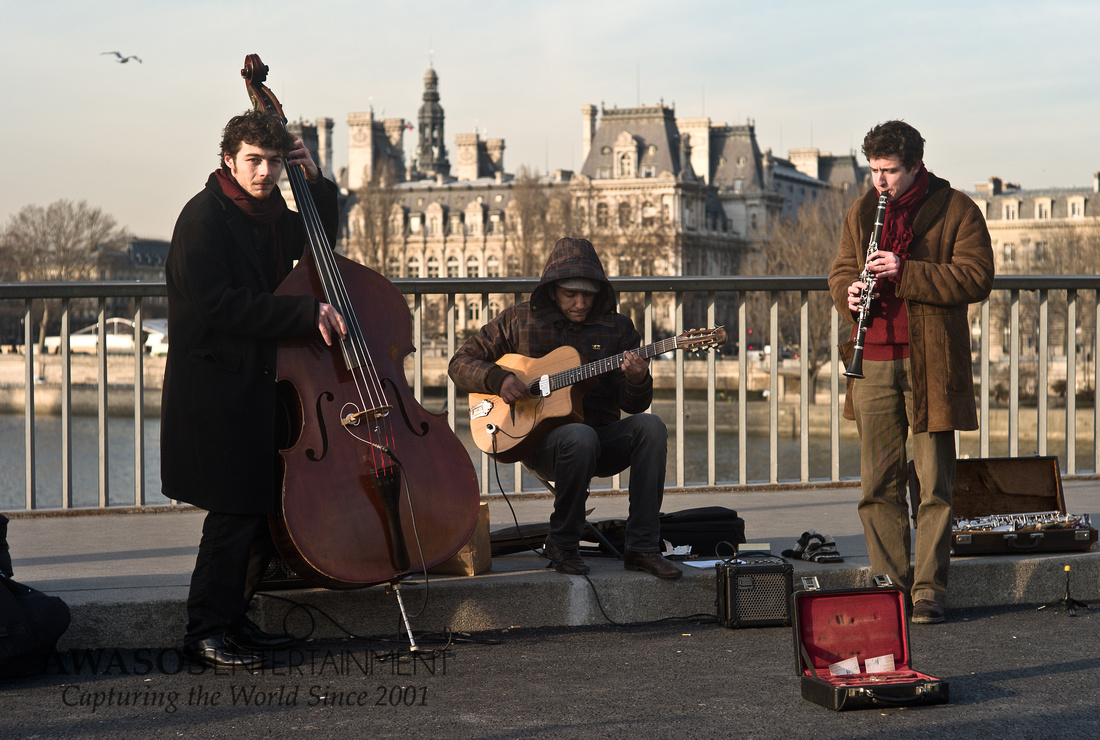 |
| Pont de l'Archevêché, near Notre Dame. Leica M8 50mm Summicron |
The art inside these buildings is insane as well. If you get a chance to go to Paris, keep a day out of your trip to go to Versaille, and see the chateau there. The obscene wealth of the place is a testament to what not to do in a position of leadership (i.e., don't tell your subjects to eat cake while living in gilded luxury).
 |
| Chateau de Versailles. Leica M8 35mm Voigtlander |
That is not to say that all of Paris is old; La Defense is a very modern section of the city, complete with skyscrapers and modern art.
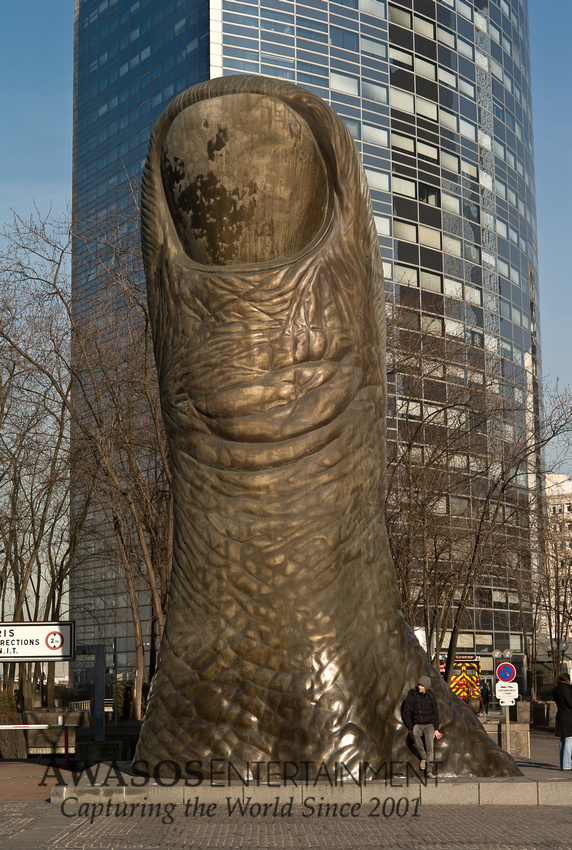 |
| Thumbs Up; La Defense. Leica M8 50mm Summicron |
Living in upstate New York, I don't get to do street photography that often this time of year; it's fun to find so many people to work with. They decorate the canvas that is the city and convey what I saw as I walked through the different arrondissements of the city.
 |
| Le Marais, 3rd Arrondissement, Paris. Leica M8, 50mm Summicron |
While most definitely an expensive city (the only reasonably priced items seemed to be baguettes and wine) There are a lot of things for the budget minded to do as well. Many of the museums are low priced or even free. Musée Carnavalet for example is a wonderful museum that is open to the public for free in Le Marais. I loved having a chance to sit it the garden and relax for a bit after a long day of wandering around the city.
 |
| Musée Carnavalet Garden, Le Marais. Leica M8 50mm Summicron. |
The cathedrals are worth a visit as well, though I think it is worth it to visit some of the lesser known churches besides just the Notre Dame in the center of Paris. The numerous people that filled the place while walking through took a way a bit of the quiet contemplation that a holy house should have for me. The Notre Dame in Montmatre was a perfect in between for me. Still stunningly beautiful, but also serenely quiet.
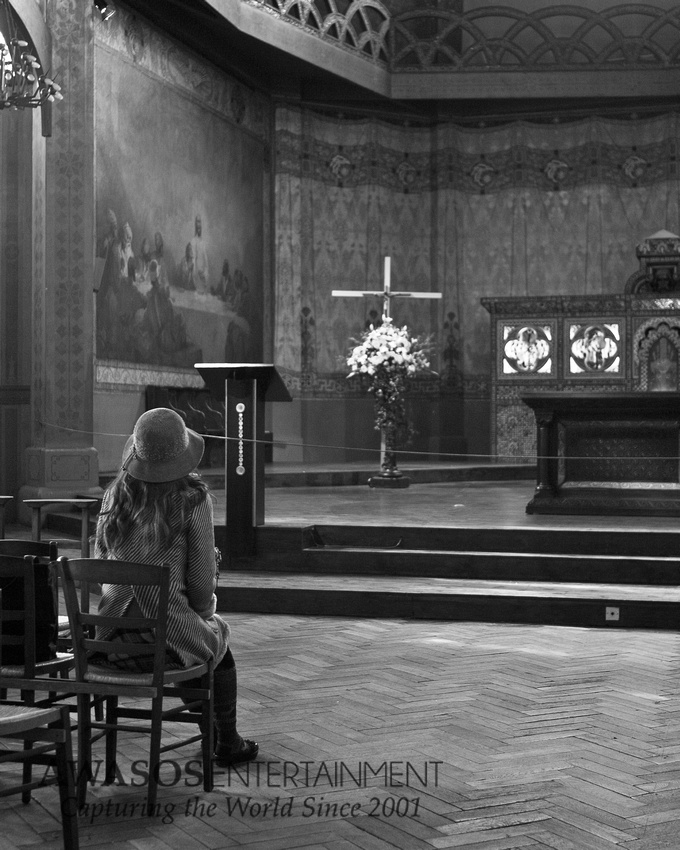 |
| Notre Dame, Montmatre. Leica M8, 50mm Summicron |
Would I go back to Paris? Honestly I'm not sure. Perhaps another section of France. The southern city of Arles sounds intriguing, along with the countryside. I'm a country boy, and that many people in one spot is a bit much for me. I feel out of place in large cities like New York and Paris I guess. It also doesn't have enough nature built into the city. Even when you do find patches of grass, most of them have signs on the side saying not to walk on the grass. Ridiculous. But I am happy I went. It is an amazing city. The history contained there is palpable. I found the people to be much friendlier than had been made out, even if they do speak way to fast in French (I blame it on the espresso). I would like to thank Ilona Mikhailiv, Eddie Penarrieta, Chloe Prasinos, Zazie Beetz, Bruno Allen, and everyone else that treated me like a friend and welcomed me into their home. Traveling wouldn't be the same without getting to meet and hang out with wonderful people like yourselves.
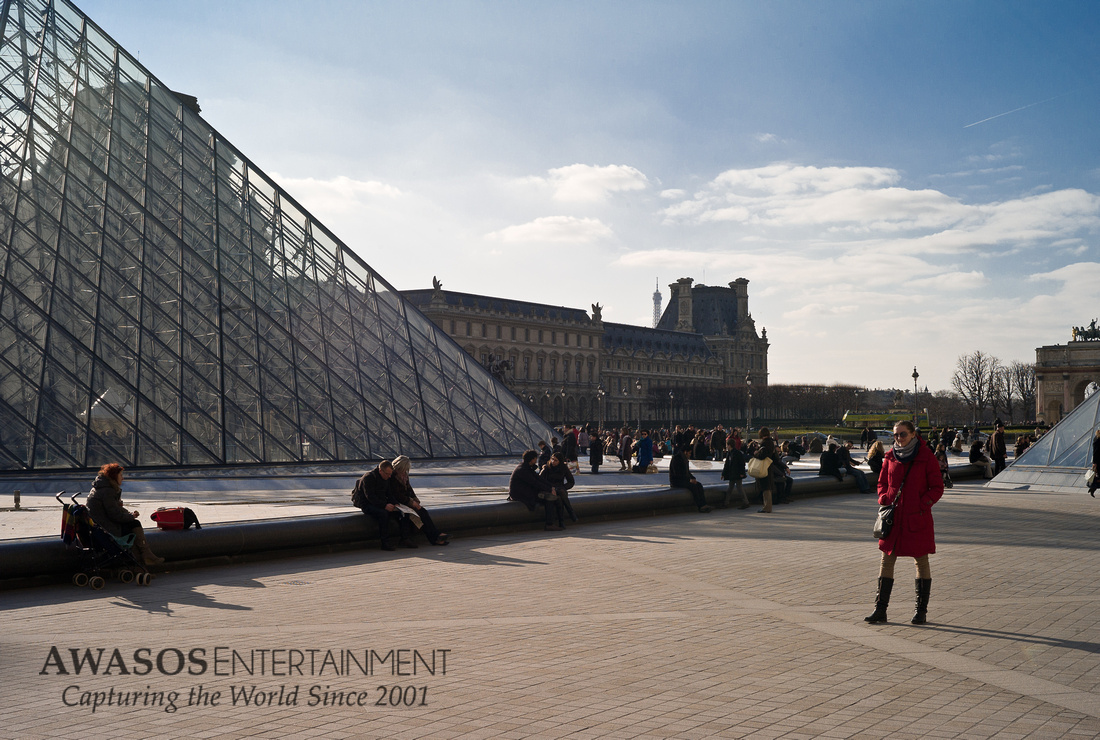 |
| Ilona Mikhailiv (in red) at the Louvre. Leica M8, 35mm Voigtlander |
Post Note: If you've enjoyed what you've read, enjoyed the photos, or just enjoy me, please visit my website and purchase some prints. It's the only way that I get to do amazing things like this. Feel free to share with your friends, your enemies and anyone in between. My website is www.awasos.com. For photos from my trip to Paris, you can visit the album directly at ericjenks.zenfolio.com/paris. Thanks for reading!

